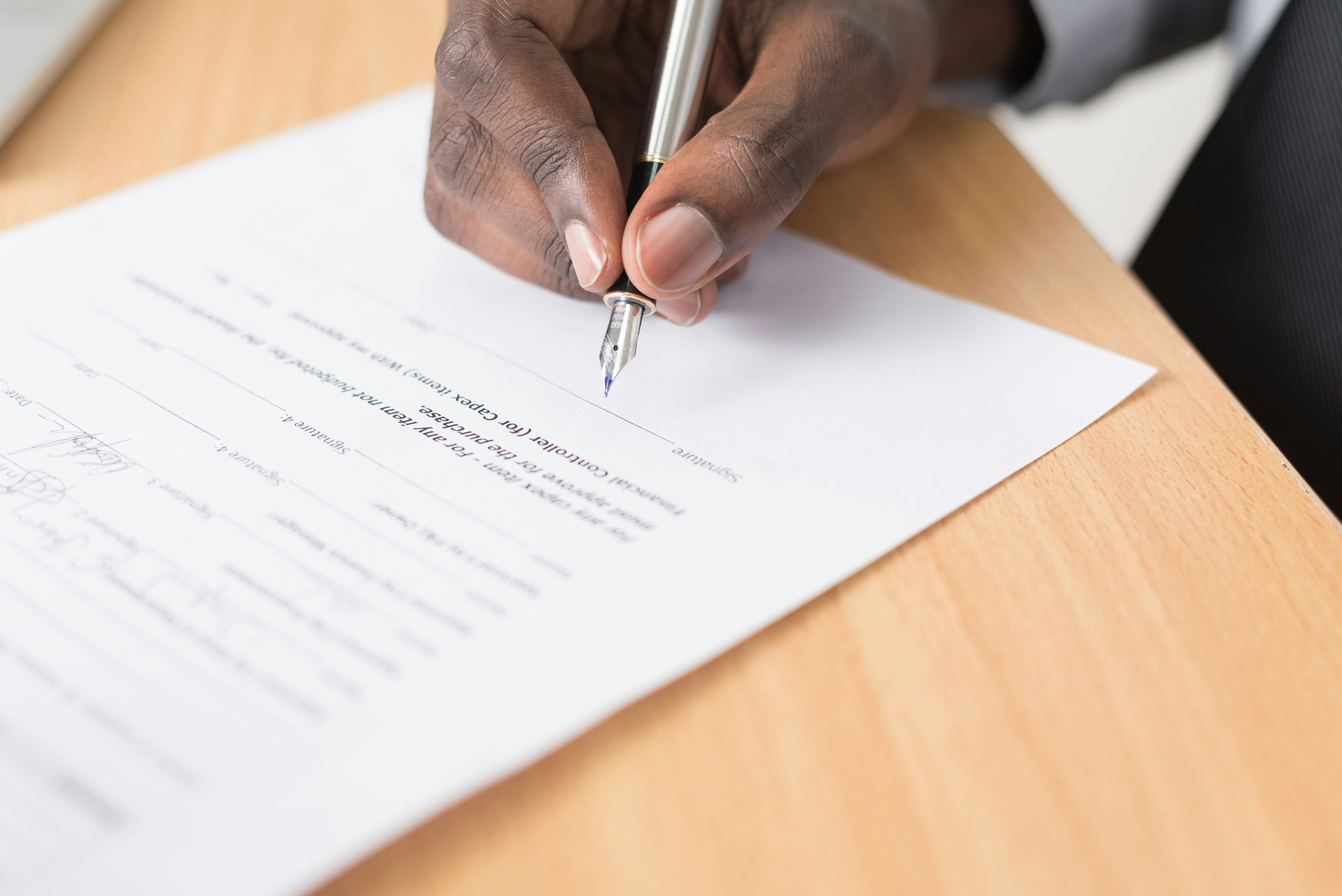
Photo courtesy of Unsplash
Legal translation plays an important role in personal injury cases. In these cases, even the smallest error can create misunderstandings, delayed proceedings, and costly legal setbacks. Accurately translating documents like medical records and court filings ensures fair representation for every party involved.
Misinterpretations or incorrect terminology can affect the outcome of a case and jeopardize justice. Whether you’re an attorney or a legal translator working with a non-English-speaking client, let’s explore ways to avoid legal translation errors in these kinds of cases.
Why Are Legal Translation Errors Costly In Personal Injury Cases?
Translation errors in personal injury cases can be extremely costly, both financially and legally. Personal injury claims often involve complicated documents such as police reports, medical records, insurance forms, and legal pleadings.
If any of these documents are mistranslated or misinterpreted, it can lead to serious misunderstandings that affect the outcomes of the case. For instance, a mistranslation of a medical diagnosis might downplay the severity of an injury. This can result in lower compensation or the dismissal of a claim.
Incorrect legal terminology can also cause delays, procedural errors, and sometimes render evidence inadmissible in court. These errors may also damage a lawyer’s credibility or create accusations of negligence. For plaintiffs who do not understand English, poor translations mean that they do not fully understand their rights.
In such situations, accessing expert advice on personal injury compensation can provide clarity on their legal entitlements and help navigate the claims process more confidently.
Fixing translation errors after they’ve been made usually involves costly work, delays, and appeals in some cases. These often increase the legal fees and cause the injured party more emotional distress. Overall, translation accuracy is important because it ensures clear communication and upholds due process.
What Are the Most Common Legal Translation Errors?
Legal translation is tricky, and even the simplest errors can create troubling results. Due to the nature of this type of translation, some errors are more common than others. So, here are five common errors associated with this translation:
Literal Translation
Literal translation is one common legal translation error where words are translated directly without considering the context or legal nuance. This can distort the original meaning, especially with idioms or specialized legal terms. In personal injury cases, literal translation may misrepresent key facts or legal responsibilities, causing confusion, misjudgment, and unfavorable outcomes for individuals.
Misinterpretation of Legal Terms
The misrepresentation of legal terms refers to translators incorrectly rendering specialized terminology due to their lack of legal knowledge. In personal injury cases, this can alter the meaning of liability, damages, or negligence, leading to flawed arguments or invalid claims. These errors can affect legal clarity, often weakening someone’s position or causing costly delays in proceedings.
Inconsistency in Terminology
There are inconsistencies with terminology when the same legal term is translated differently throughout a document. This can confuse the judges, lawyers, or insurance adjusters reviewing the personal injury case. It undermines the clarity, weakens legal arguments, and may suggest unreliability or carelessness. Consistent use of legal vocabulary enables coherence and supports a stronger and more persuasive case.
Cultural Misunderstanding
There is a cultural misunderstanding when translators misinterpret phrases, behaviors, and legal concepts around specific cultural contexts. In personal injury cases, this can cause inaccurate depictions of events or intent, affecting perceived liability and credibility. Failing to bridge cultural gaps may distort testimonies or evidence; hence, translators must understand linguistic and cultural nuances.
Differences in Legal Systems
Since there are different legal systems, there may be translation errors when concepts from one system do not apply in another. In personal injury cases, these may cause misleading interpretations of liability, compensation, or rights. Mismatched legal frameworks can confuse parties and misguide decisions. Translators must understand both systems to ensure accurate and appropriate results.
6 Ways to Avoid Legal Translation Errors In Personal Injury Cases
Since the margin for error is quite low when it comes to legal translation, you must find ways to avoid it. Here are the best ways to enable you to prevent costly mistakes and ensure accuracy, especially in personal injury cases:
Hire Specialized Translators
Hiring specialized translators is key to avoiding errors in personal injury cases. These professionals understand legal terms, cultural nuances, and location-specific concepts. Their expertise enables them to accurately and consistently translate documents, preserving the meaning and intent. This reduces miscommunication, protects legal rights, and strengthens the credibility of your case.
Use Glossaries and Style Guides
Using glossaries and style guides ensures consistent and accurate translations in personal injury cases. They provide standardized legal terms, preferred phrasing, and formatting rules, reducing confusion and inconsistency. This structured approach supports clear communication, improves translator efficiency, and reduces the risk of costly interpretation mistakes or procedural delays.
Double-Check with Back Translation
Back translation involves translating a document back into the original language to confirm accuracy. This method helps to identify errors, misinterpretations, or omissions in legal translations, ensuring that the translated content reflects the original meaning. Besides translation accuracy, you must follow other stipulations. For instance, you just follow the Tennessee statute of limitations if you’re in the state.
Perform Peer Review
Performing peer review involves having another qualified legal translator review the translated documents for accuracy and clarity. This extra layer of oversight helps to catch mistakes, inconsistencies, or cultural nuances that may have been overlooked. In personal injury cases, peer review strengthens translation quality and ensures reliable, legally sound communication throughout the proceedings.
Get Technological Support
Using technological support, such as translation memory tools and legal-specific software, ensures consistency and accuracy in legal proceedings. These tools save approved terminology and flag inconsistencies. In personal injury cases, they make workflows smoother and reduce human errors. They also support translators in creating precise, efficient translations that uphold legal standards and client interests.
Obtain Certification and Legalization
Getting certification and legalization ensures that translated legal documents are officially recognized and meet the jurisdictional standards. Certified translations confirm accuracy and translator credibility. On the other hand, legalization verifies its authenticity for use in court. In personal injury cases, this step helps to prevent disputes over document validity.
Endnote
Since accuracy is important in legal translations, you can avoid errors by hiring a specialized translator, using glossaries and style guides, and double-checking with back translation. Performing peer reviews, getting technological support, and obtaining certification and legalization.





